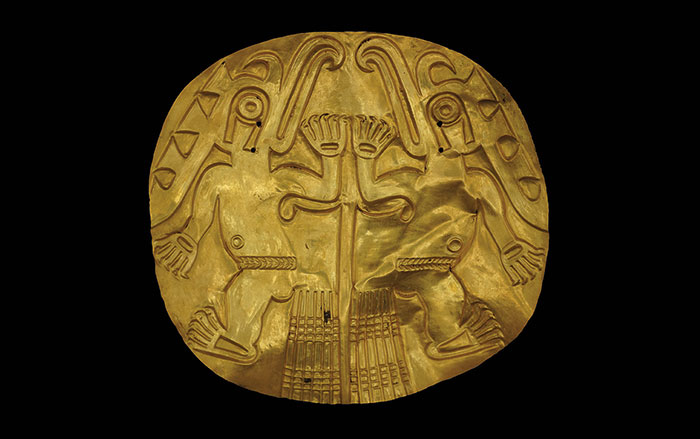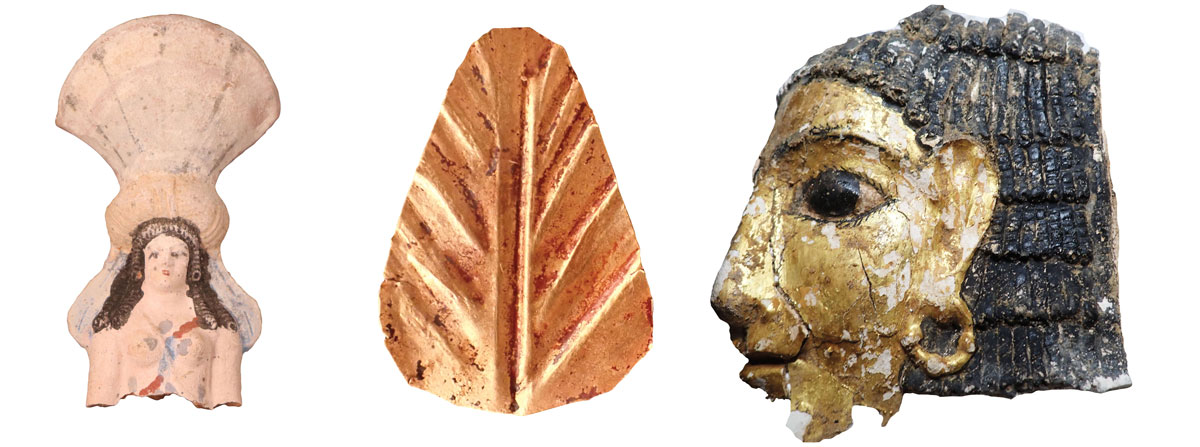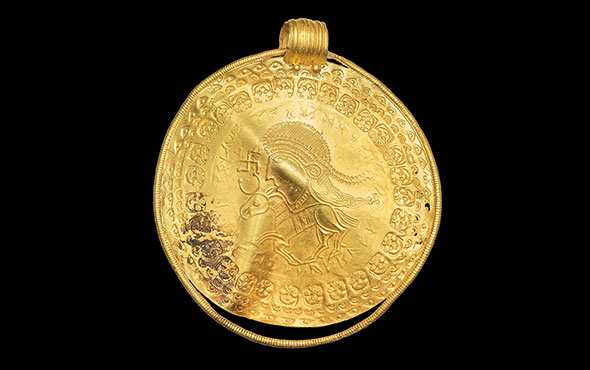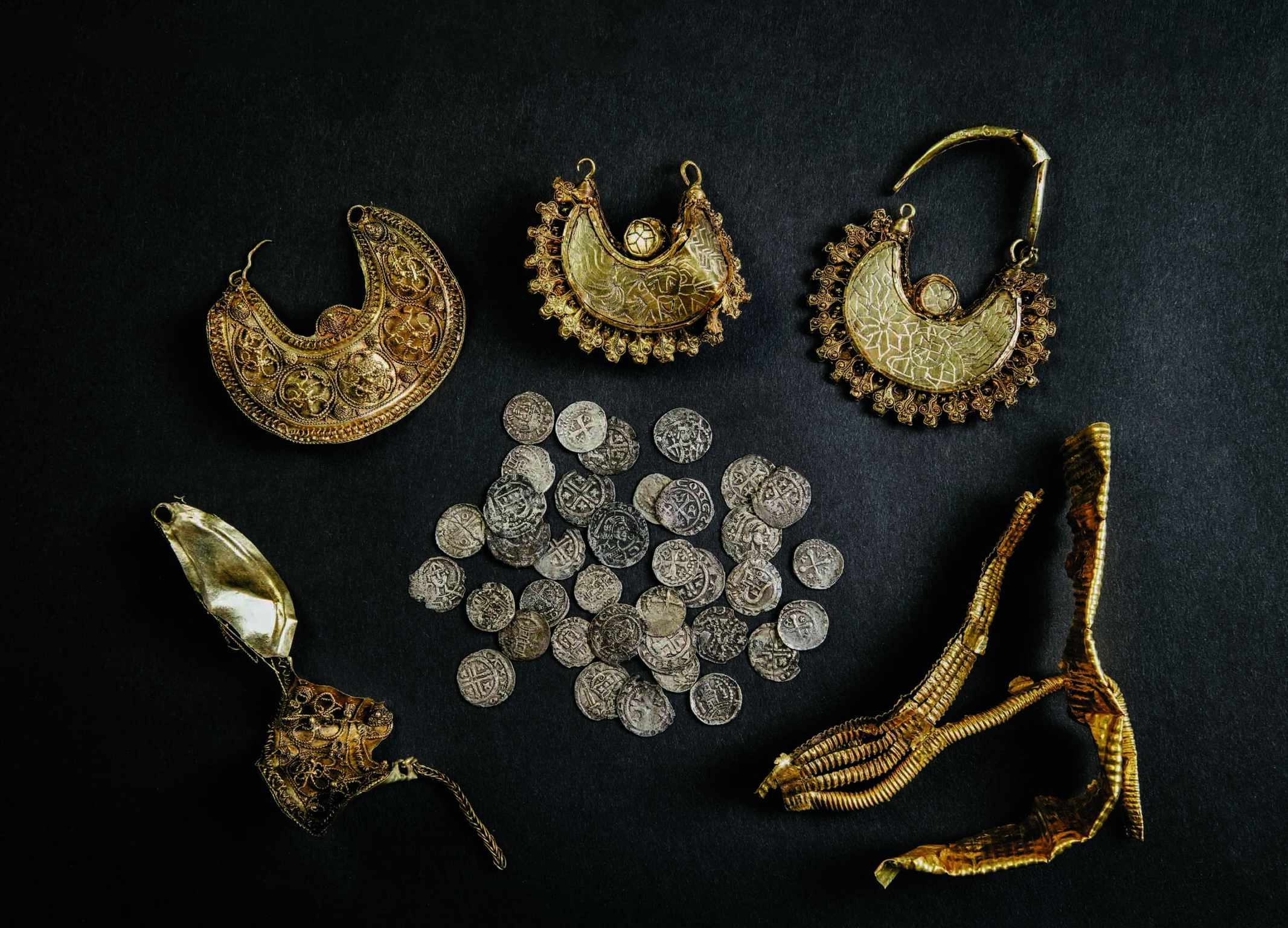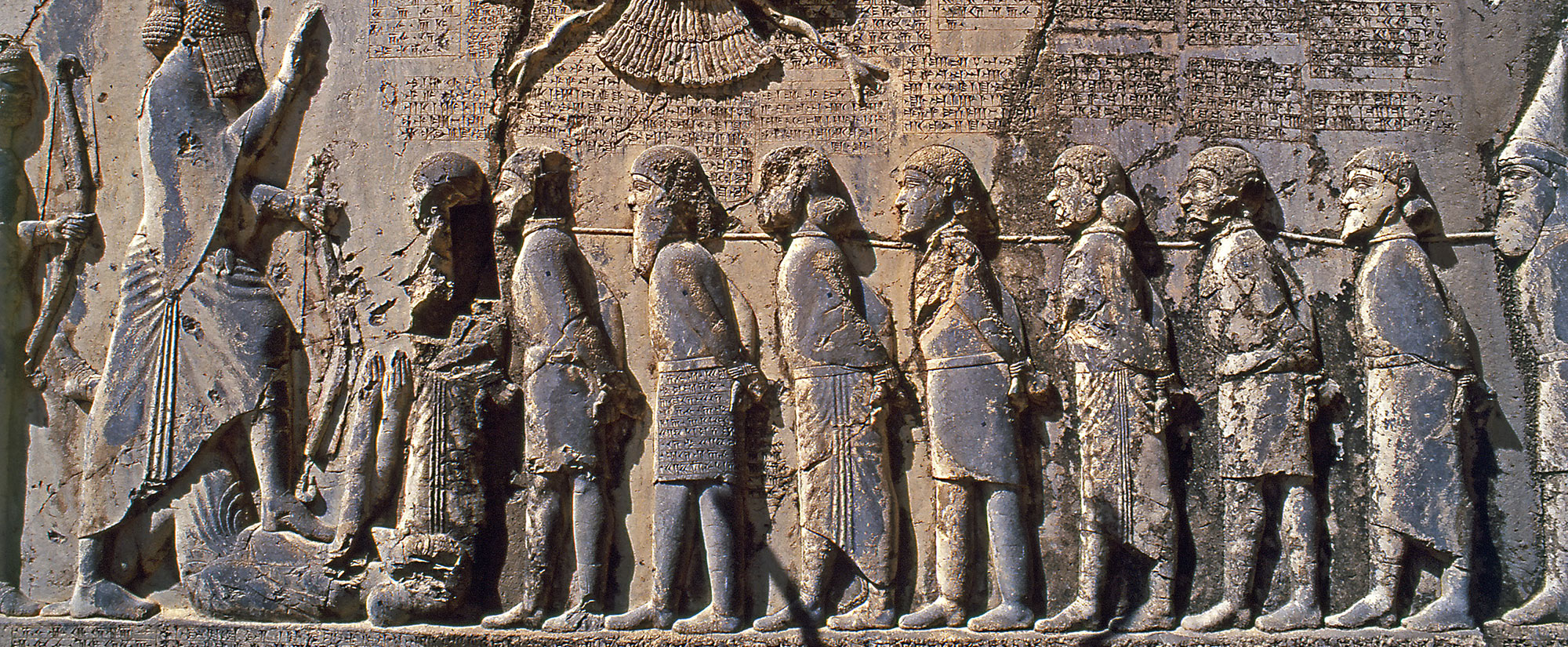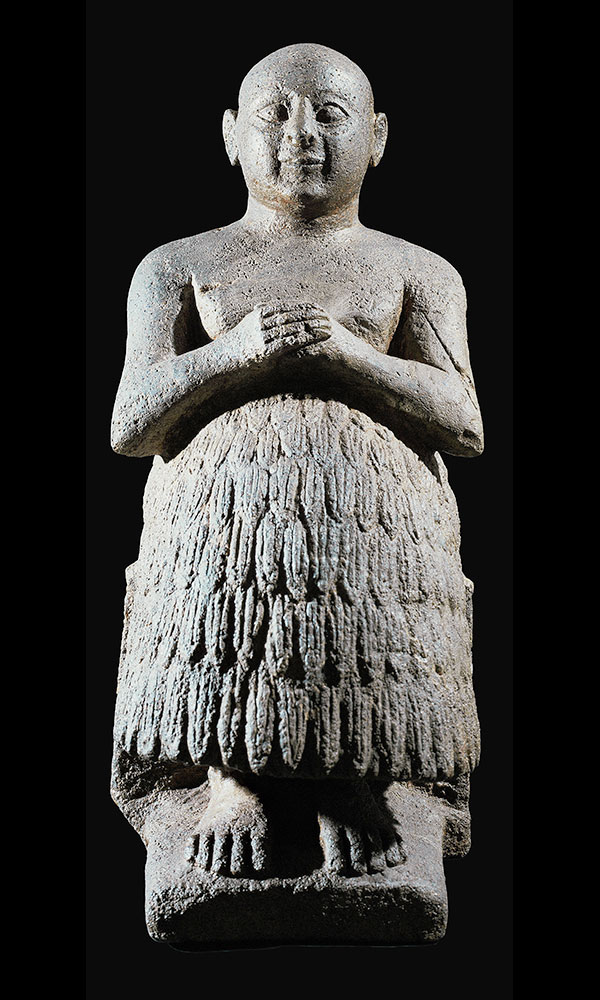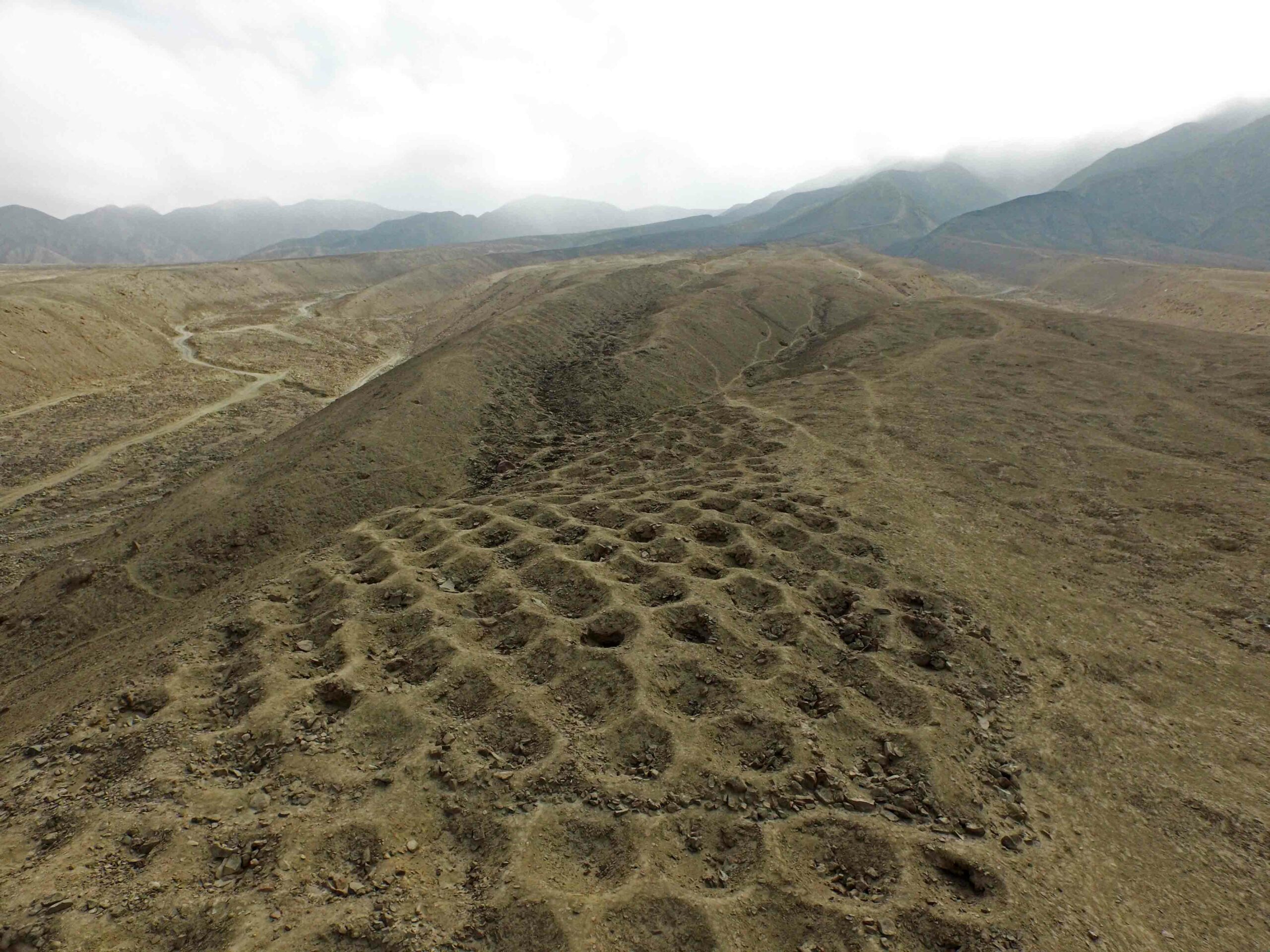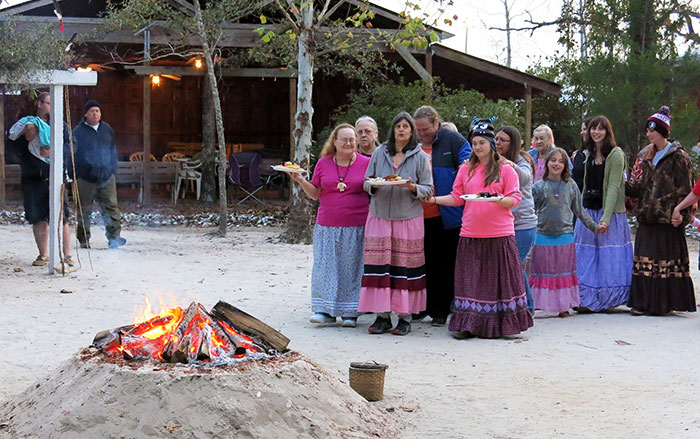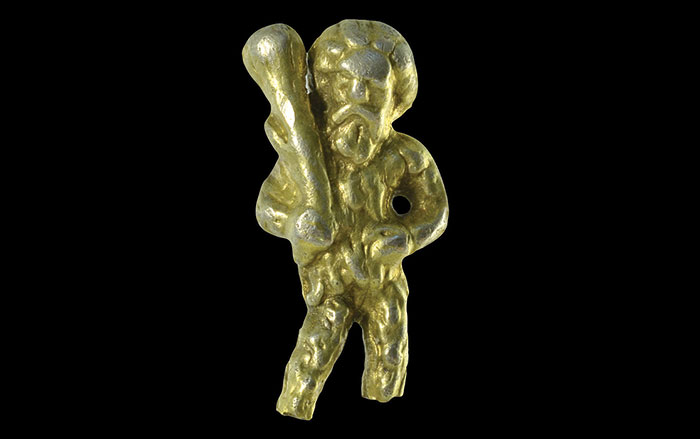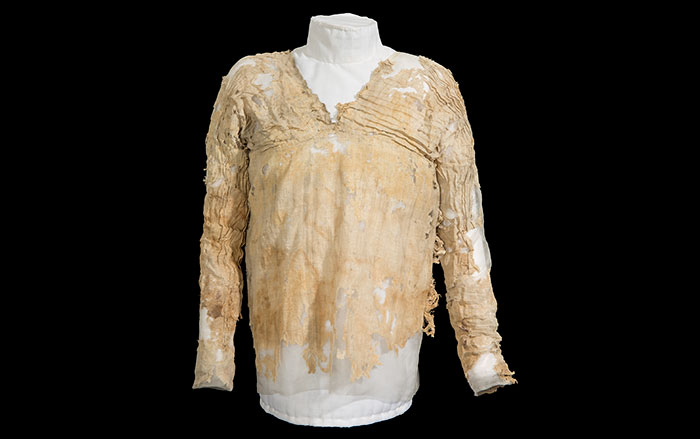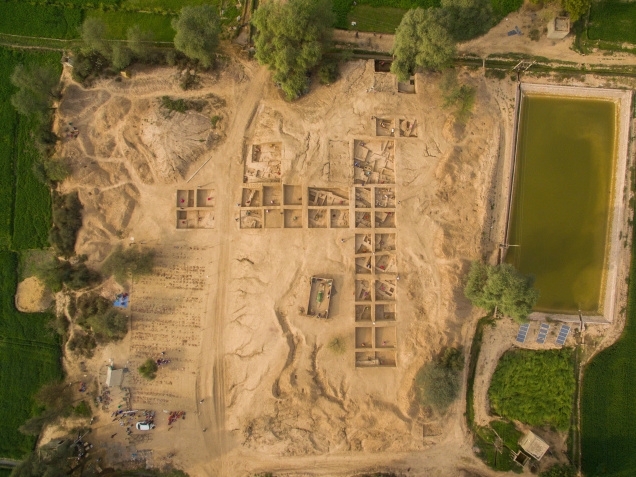
RAJASTHAN, INDIA—A 5,000-year-old industrial production center featuring furnaces, hearths, and mudbrick structures has been found in northwest India between two channels of the Ghaggar River. According to a report in Frontline, the settlement, occupied for more than 1,000 years, lacked the fortification walls, streets at right angles, citadel, and area for traders and craftsmen usually seen in Harappan sites. One of the furnaces, used for smelting gold and copper, had a platform where the smith could sit and blow through an underground tube to the fire pit. Nearby hearths were used to produce gold jewelry and copper fish hooks and spear heads. Among the artifacts recovered by the team were a copper stylus wrapped with gold foil. Pottery, beads, and jewelry made of shells, carnelian, lapis lazuli, jasper, agate, steatite, and amazonite were also produced in the site’s workshops. Researchers from the Archaeological Survey of India (ASI) think the site may have been abandoned because of climate change or flooding. For more, go to "India's Village of the Dead."


